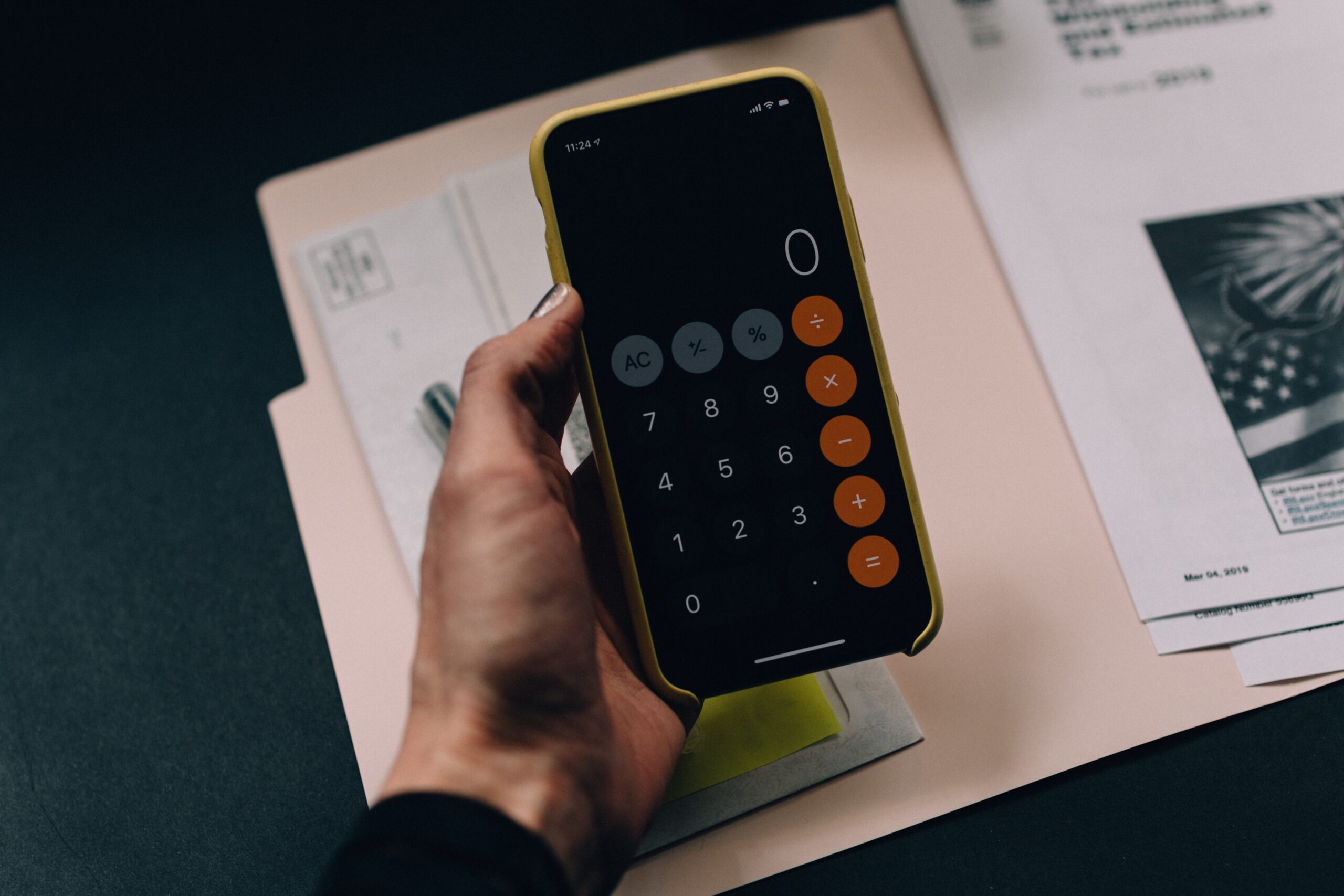Don’t Take a Rain Check on Your Rainy Day Fund
June 21, 2024Don’t Take a Rain Check on Your Rainy Day Fund
Did your laptop conk out again? Or was it your PlayStation that finally called it quits? Either way, this invites a sudden financial expense that would definitely make you think: “If only I’d set aside some money for such small, unprecedented expenses”.
The good news is that you still can — and now seems like a good time to start thinking about a rainy day fund.
A small, significant amount of money tucked away for unanticipated expenses without having to break your bank account or max out on your credit. An unexpected medical procedure, vehicle maintenance, broken appliances, and more can be easily covered by your rainy day fund.
However, it’s quite different from your emergency funds. That one is for when you are out of a monthly income or dealing with a severe illness. Your emergency fund should cover significant expenses for an extended period, unlike a rainy day fund which is more of a short-term financial net.
How much should you set aside in your rainy day fund?

Your rainy day fund is often based on your lifestyle and purchasing habits. Experts suggest keeping at least three to six months of living expenses so that you don’t have to scramble to pay your bills along with the additional costs.
The best way is to decide how much you can spare each month. So, if you want a $2,000 rainy day fund and can afford to set aside $75/month, it will take just 27 months to reach your goal. You could also try bringing in minor cuts to your budget or even add some extra money from time to time, to boost your rainy day savings.
Where & how should you put the money?

Rainy day funds are liquid (read: cash). The best place for it is likely in a bank account, such as a high yielding savings account, where you can access the money quickly.
Grow your rainy day fund in your JumpStart account with Standard Chartered Bank. Get 2.5%* interest per annum on balances of up to S$50,000 without any minimum deposit balance required.
Get started on your rainy day fund with these five steps.

Start a dedicated rainy day savings account:
Set yourself on the intention of saving, even if you can’t fund it yet. By opening a specific rainy day fund, you’ll have a reminder of how prepared you are or where you need to cut corners to spare cash.
Build your rainy day savings plans into your budget
Our SC Mobile app tracks your transactions to help you manage your expenses better. If you don’t have a significant amount to set aside, see where you can cut back on your existing budget line to feed this new fund.
Start with what you have, no matter how small
It doesn’t matter how much you have when you start your fund; remember to regularly feed and nurture your rainy day fund as your financial situation strengthens.
Focus on building the habit and consistency of savings
Saving your money when you can spend it might be challenging initially. However, once you get into the habit, your healthy financial habits can support your financial goals.
Ramp up on saving more when your financial situation improves
How much more can you allocate to your rainy day fund when you receive a raise or land a better paying job? Remember to increase your monthly allocation every time you can put in a little extra amount.
Don’t let any sudden expenses throw you off your budget. With a thought through financial plan that includes a rainy day fund, you can meet your unexpected expenses without breaking your bank or letting your credit card bills run wild.
Check us out on Instagram to see how you can avoid life’s financial storms and follow for our weekly dose of expert tips on financial well-being and planning.
Disclaimers:
*Please visit https://www.sc.com/sg/save/savings-accounts/jumpstart/ for full terms and conditions of the JumpStart Account Product Terms.
Singapore dollar deposits of non-bank depositors are insured by the Singapore Deposit Insurance Corporation, for up to S$100,000 in aggregate per depositor per Scheme member by law. Foreign currency deposits, dual currency investments, structured deposits and other investment products are not insured.
This article is brought to you by Standard Chartered Bank (Singapore) Limited. All information provided is for informational purposes only.
